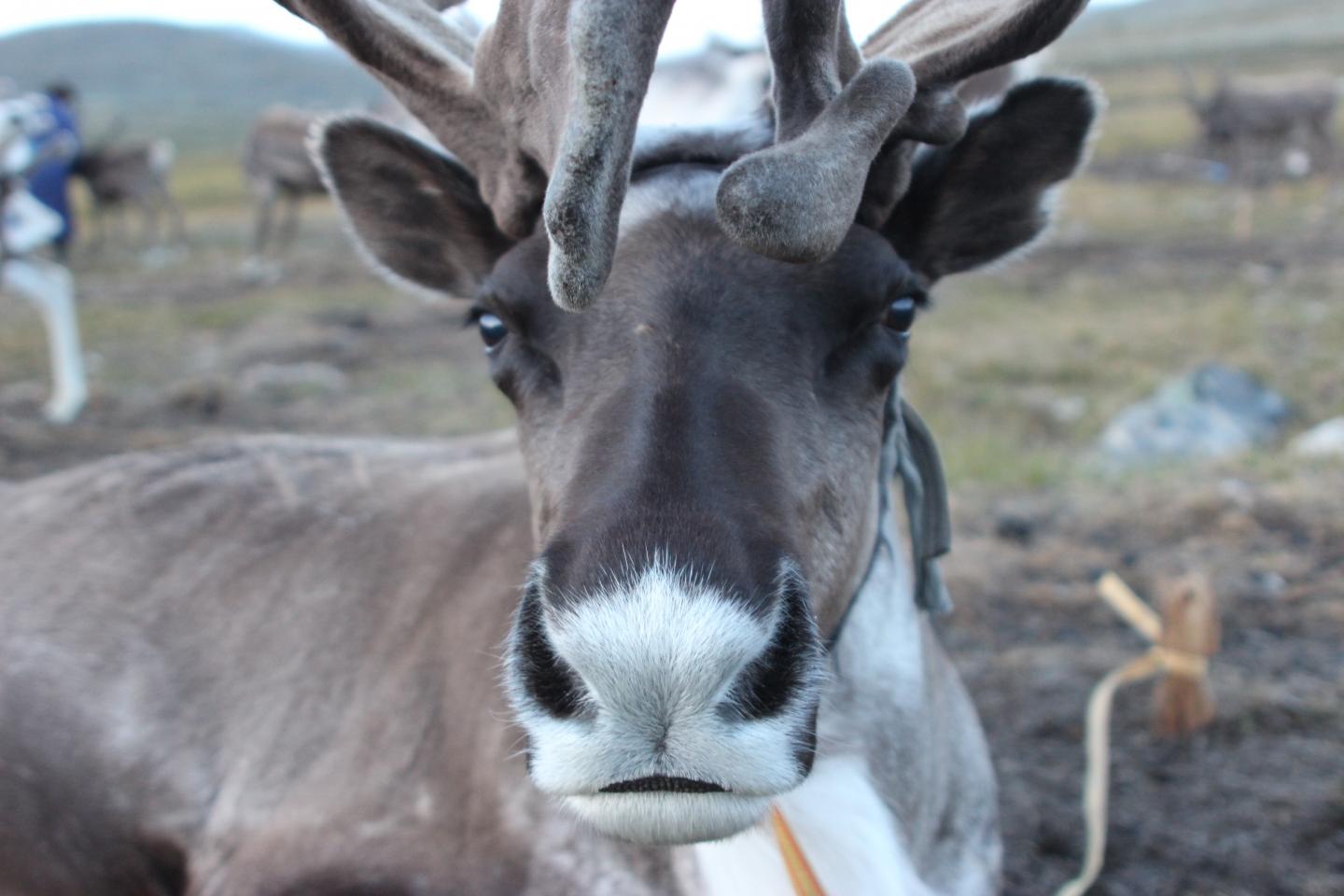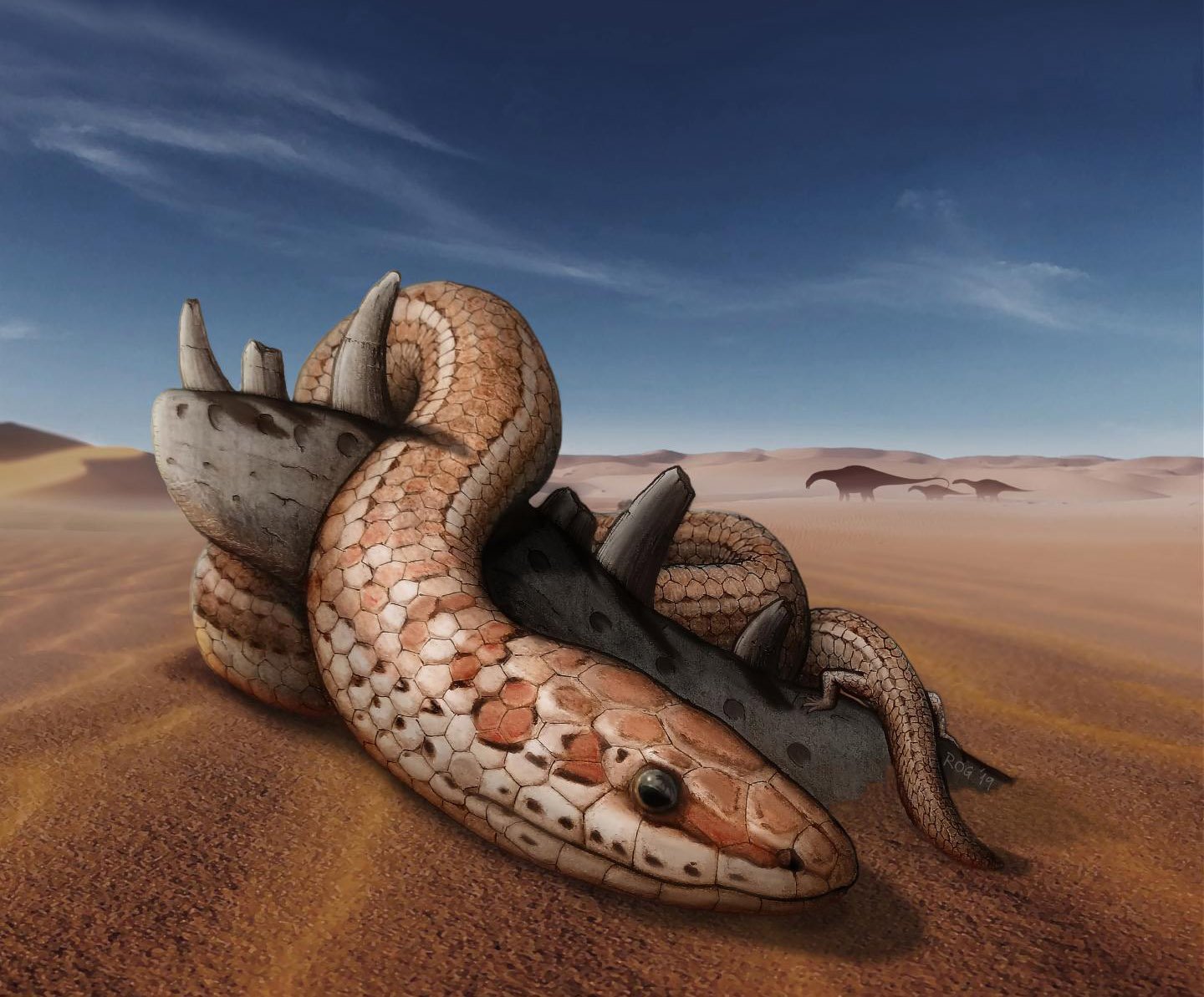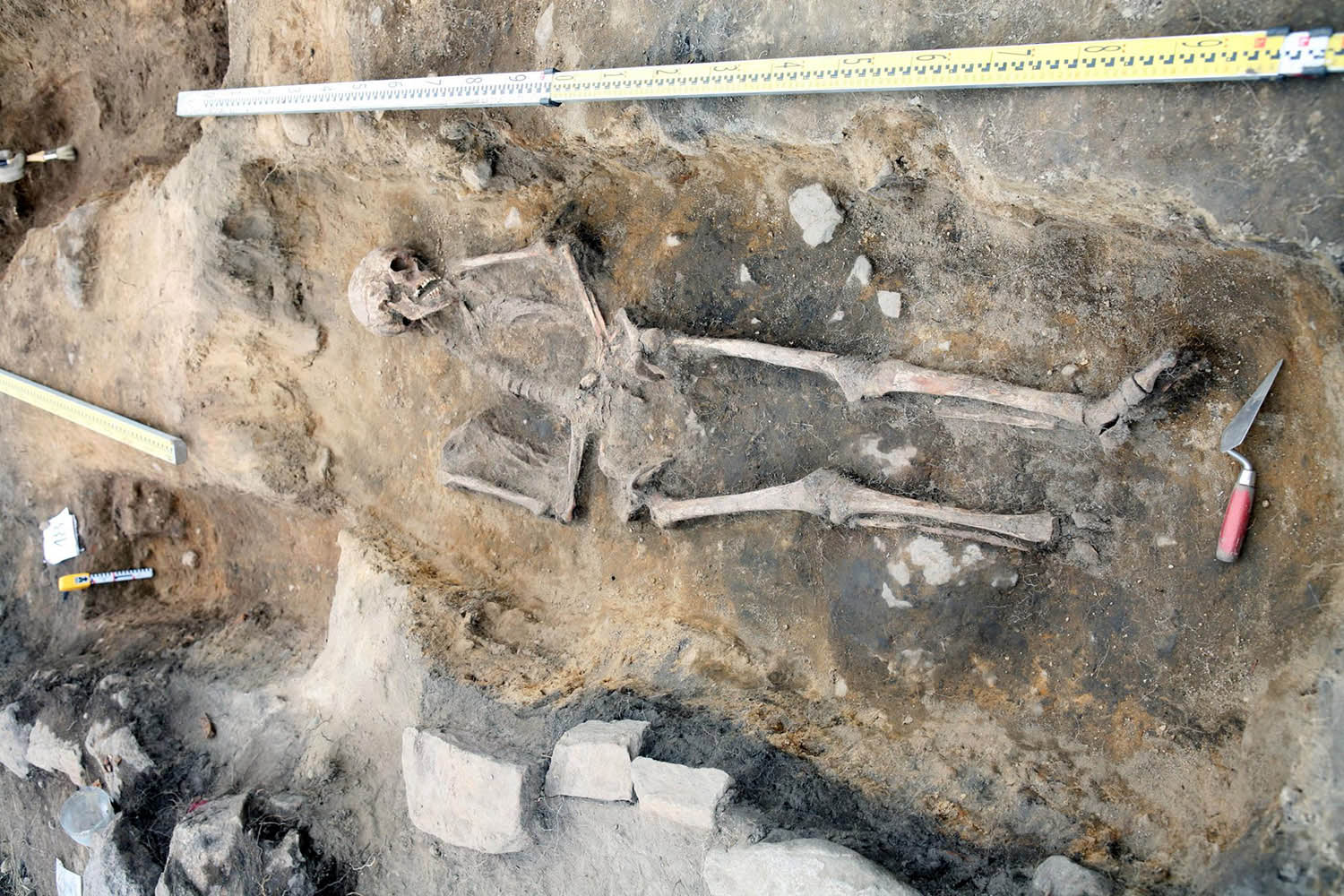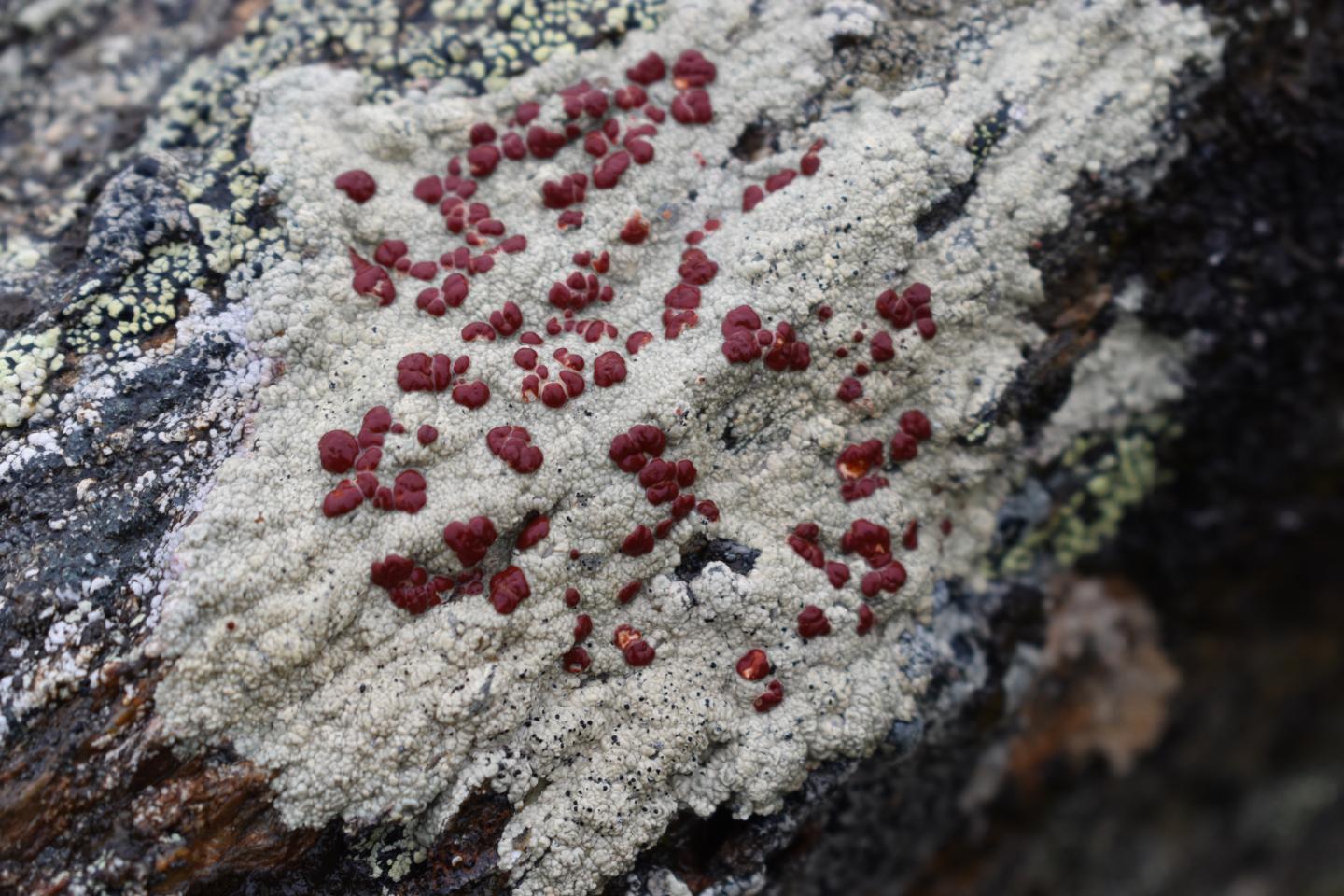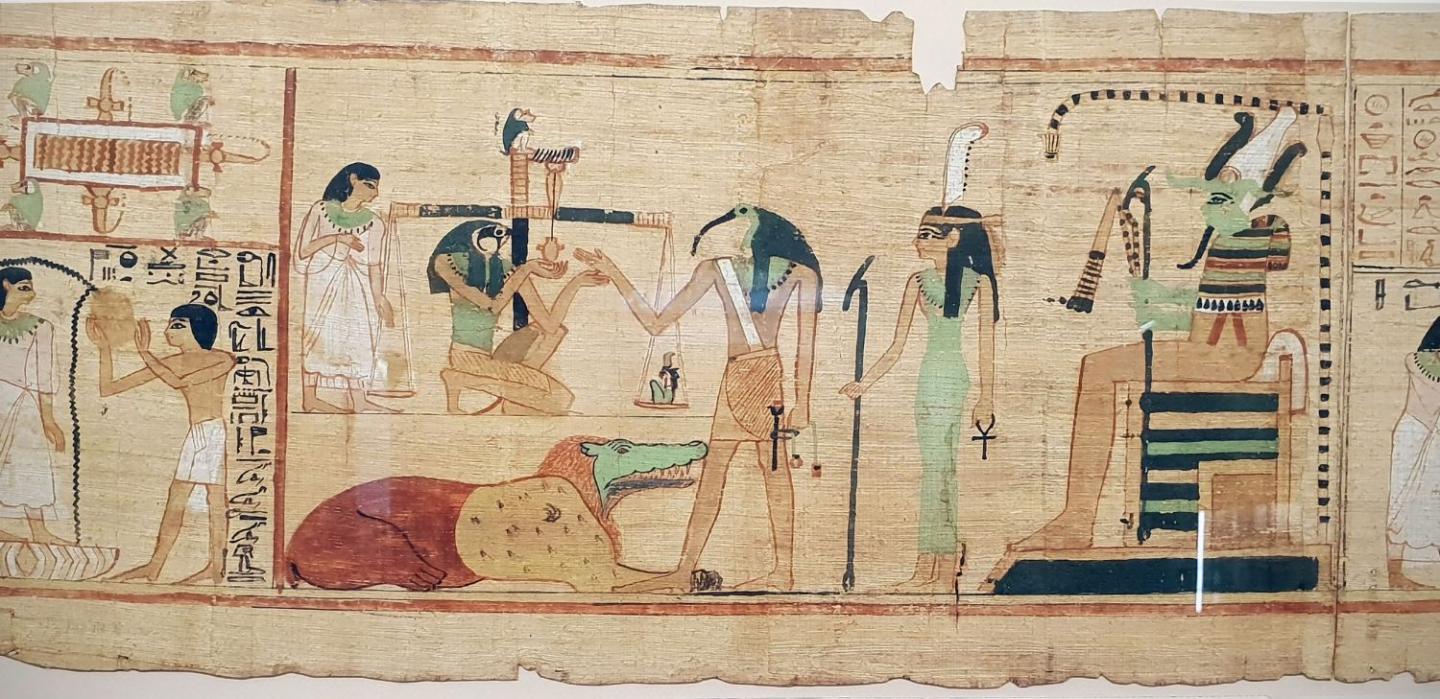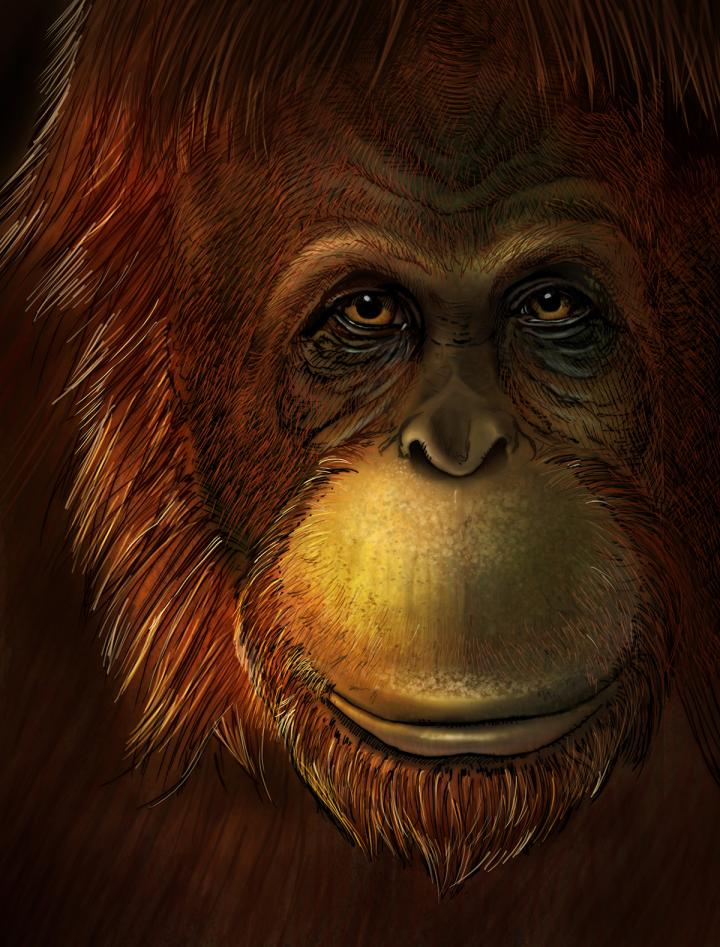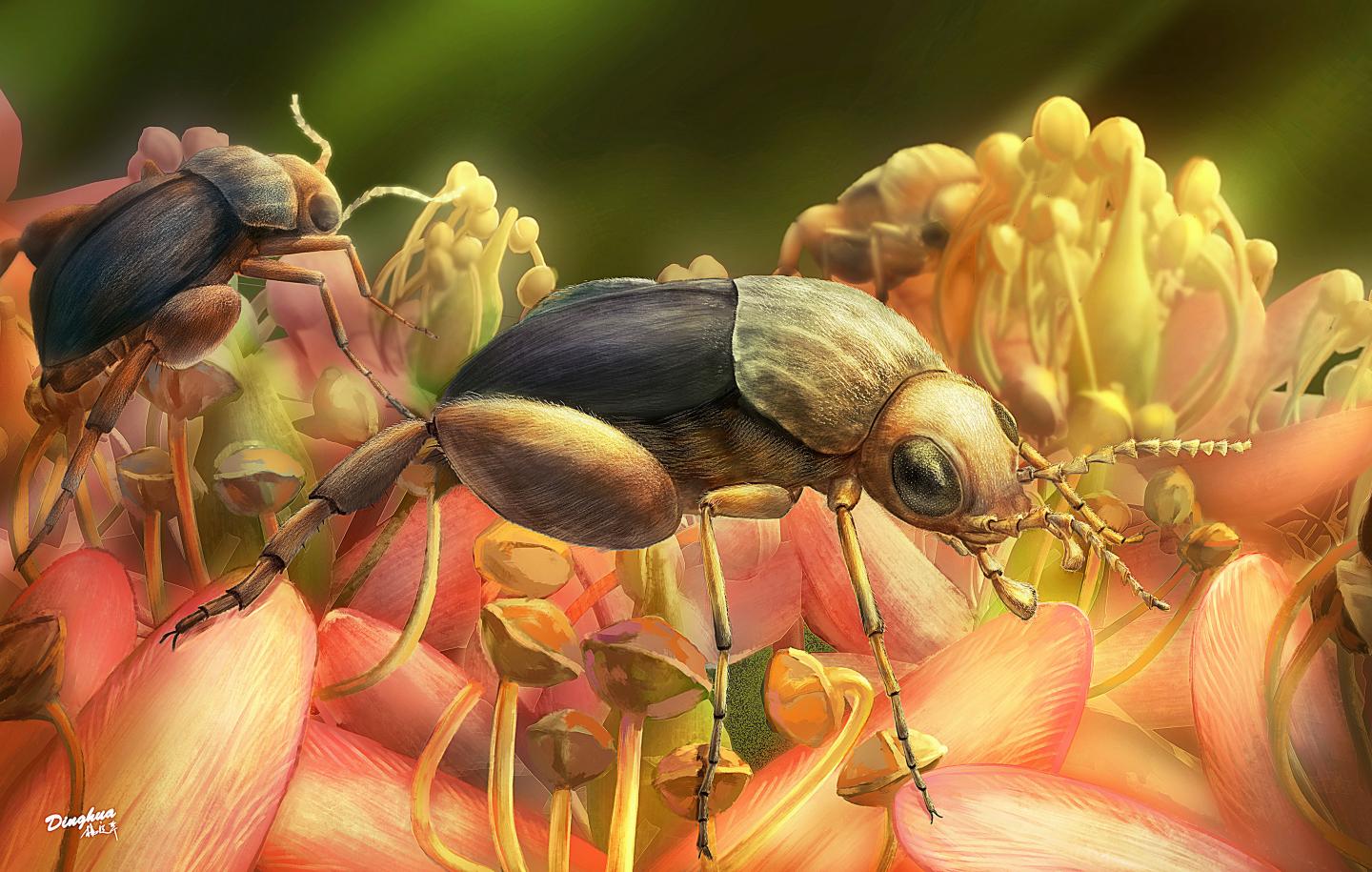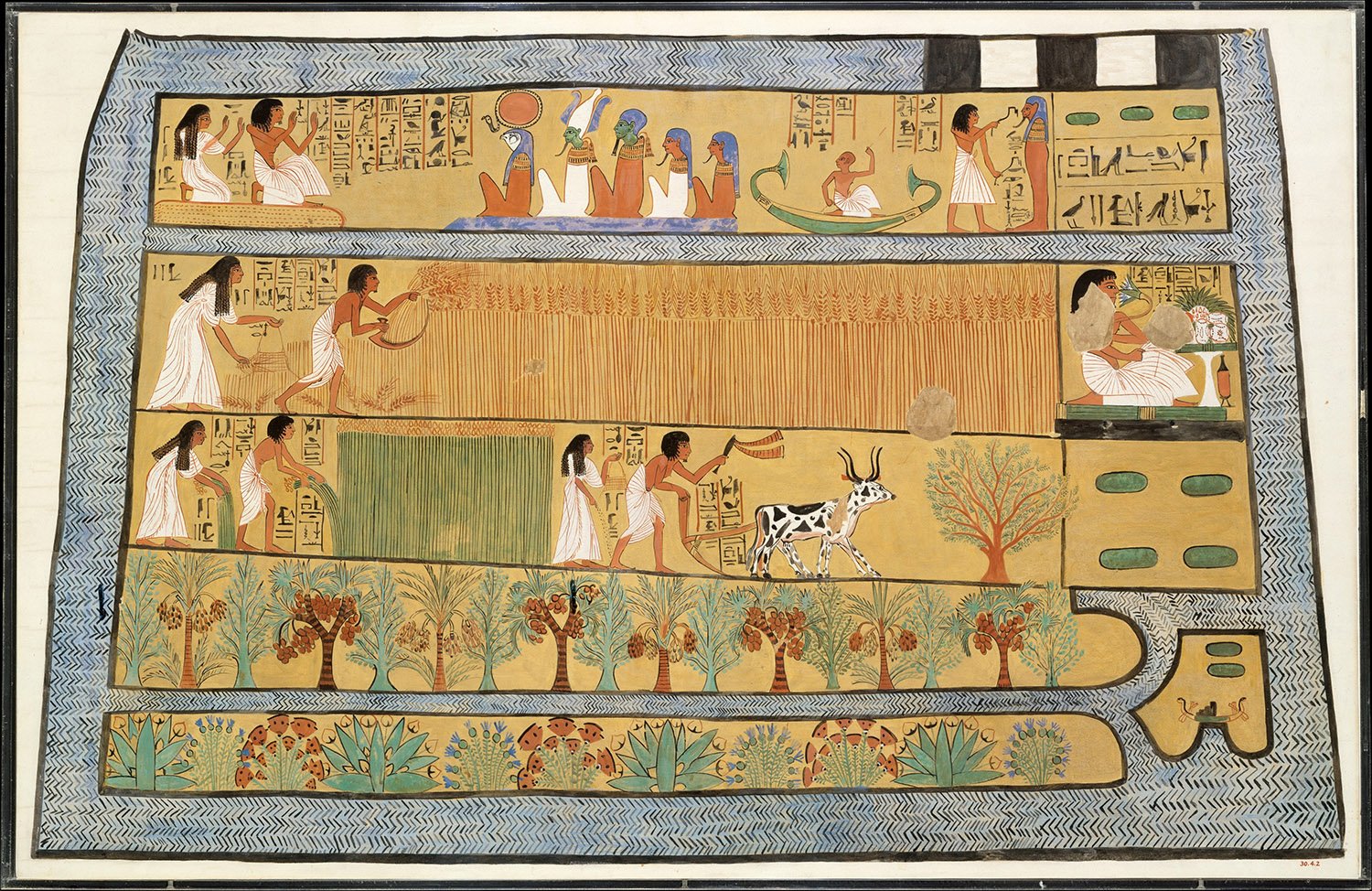Melting Mongolian ice patches may threaten reindeer pastoralism, archaeological artifacts
Northern Mongolian “eternal ice” is melting for the first time in memory, threatening the traditional reindeer-herding lifestyle and exposing fragile cultural artifacts to the elements, according to a study published November 20, 2019 in the open-access journal PLOS ONE by William Taylor from the Max Planck Institute, Germany, and the University of Colorado-Boulder, USA, and colleagues. The … Read more
